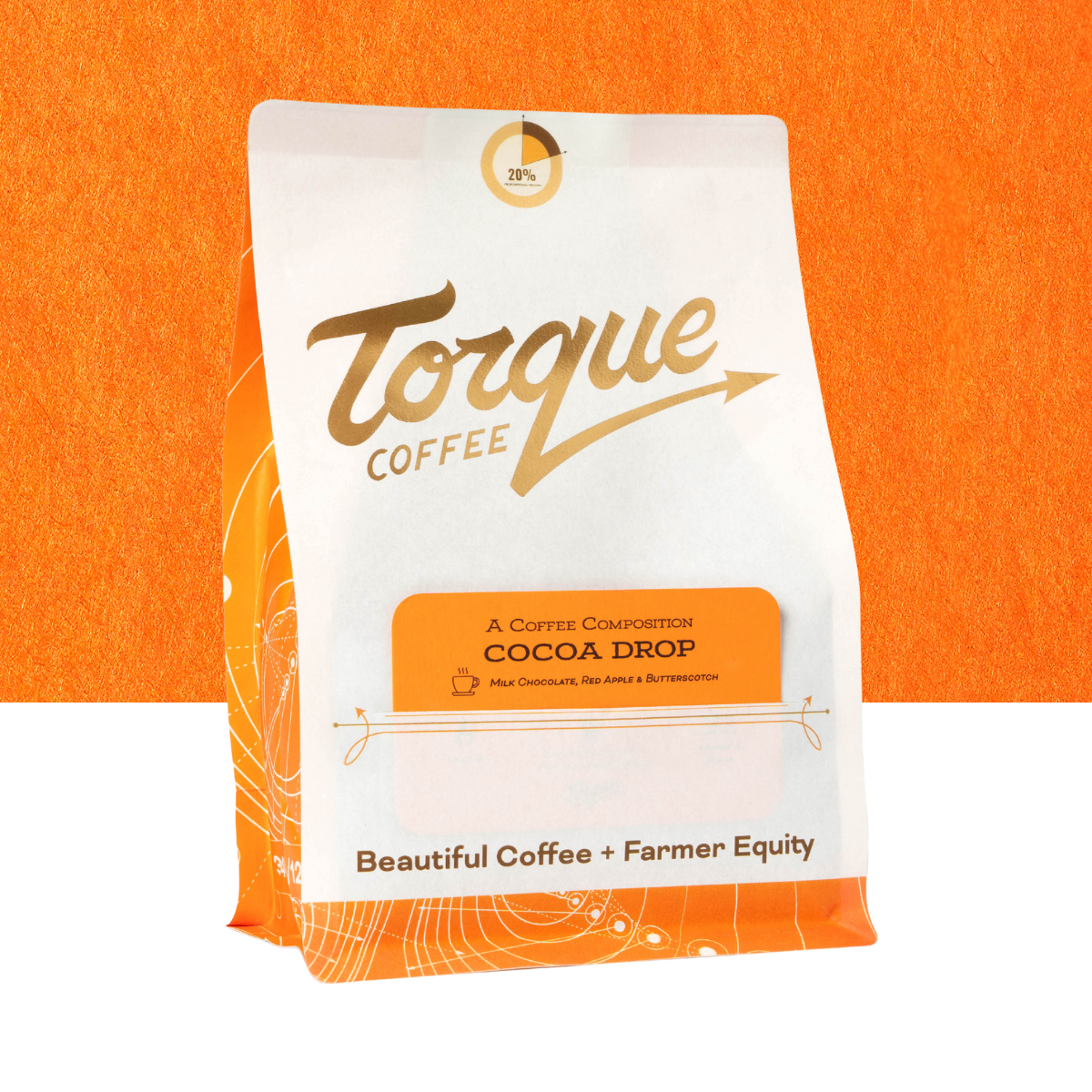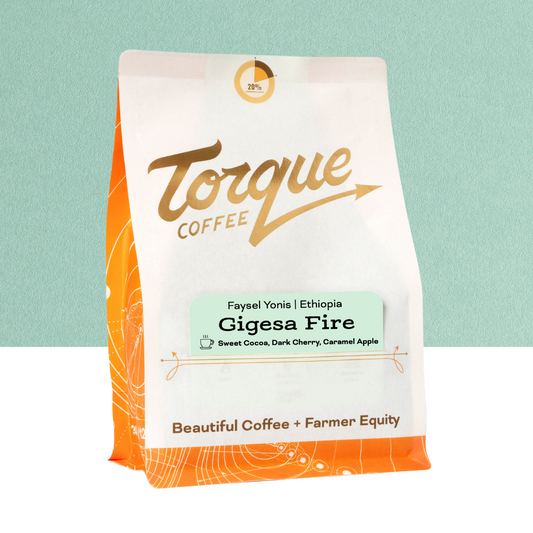
The Language Of Coffee: A Beginners Guide From Origin To Your Cup
Demystifying Coffee Terms: A Beginner's Guide
Coffee, one of the world's most beloved beverages, has a complex journey from farm to cup. This journey involves numerous terms and processes related to importing and exporting coffee. If you're new to the world of coffee trading, these terms may seem like a foreign language. Fear not, for we're here to demystify the coffee import and export terminology, making it understandable for beginners.
1. Origin Country: This is the coffee-producing country where the beans are grown. Popular coffee origins include Brazil, Colombia, Ethiopia, and Guatemala.
2. Coffee Varietals: Coffee plants come in various varieties, each with unique flavor profiles. Some common varietals include Arabica and Robusta.
3. Green Coffee: Coffee beans in their raw, unroasted form are referred to as green coffee. Green beans are usually the form in which coffee is exported.
4. Harvesting: The process of picking ripe coffee cherries from the coffee trees.
5. Processing: After harvesting, coffee cherries undergo various methods of processing. Common methods include the dry process (natural), wet process (washed), and pulped natural.
6. Milling: The removal of the outer layers of the coffee bean to reveal the green coffee inside.
7. Cupping: The formalized process of tasting and evaluating coffee for its flavor, aroma, acidity, body, and overall quality. Coffee is often scored on a 100-point scale, with higher scores indicating better quality.
8. Certifications: Some coffee is labeled with certifications like Fair Trade, Organic, or Rainforest Alliance, indicating adherence to specific social or environmental standards.
9. Importing: The process of bringing green coffee beans into a country for roasting and distribution.
10. Exporter: The entity responsible for selling and shipping green coffee from the origin country to importers in other countries.
11. Importer: A company or individual that purchases green coffee from exporters and brings it into their country for roasting or distribution.
12. Contract Coffee: An agreement between an importer and exporter that outlines the terms of the coffee transaction, including quantity, quality, and price.
13. Freight and Shipping: The logistics of transporting coffee from the origin country to the destination, involving freight companies, shipping containers, and transportation modes.
14. Customs and Duties: Fees and taxes imposed by the importing country's government on imported goods, including coffee.
15. Roasting: The process of heating green coffee beans to transform them into the aromatic, flavorful beans used for brewing.
16. Blend/Composition: A mixture of different coffee beans, often selected to achieve a specific flavor profile.
17. Single Origin: Coffee sourced from one specific region, estate, or farm, highlighting its unique flavor characteristics.
18. Fair Trade: A certification that ensures fair prices and working conditions for coffee producers, particularly in developing countries.
19. Cup Profile: A description of a coffee's taste and aroma characteristics, often used by roasters to communicate its flavor to consumers.
20. Tasting Notes: Specific flavors and aromas found in a coffee, such as chocolate, citrus, or floral.
Key Import and Export Terms:
Export Terms:
1. PP (Producer Price):
- Definition: The Producer Price determines the Torque Retail & Wholesale price.
- This is for export ready, fully milled, grainpro bagged, exportable green coffee
- - Although any extra packaging costs like vac pack, boxes, smaller packaging etc are above and beyond this price and paid separately.
- The price paid for the quality of the green coffee we received and approved.
- So this includes wet and dry milling costs, grainpro bags, transport to mill.
- We don’t use the phrase “Farm Gate” because it isn’t equivalent across every country.
2. FOB (Free On Board):
- Definition: The price includes all costs up to the point when the goods are loaded onto the vessel for shipment. In coffee this is the point where the green coffee has been milled, packaged and transported to the port, loaded onto ships, all customs, duties, taxes and costs paid and is ready to ship to consuming country.
3. EXW (Ex Works):
- Definition: The seller makes the goods available at their premises, and the buyer is responsible for all transportation costs and risks.
4. CIF (Cost, Insurance, Freight):
- Definition: The seller pays for transportation and insurance costs to deliver the goods to a named port of destination.
5. Exporter:
- Definition: An individual or entity responsible for selling and shipping goods from one country to another.
Import Terms:
1. CIF (Cost, Insurance, Freight):
- Definition: The buyer pays for the cost, insurance, and freight to have goods delivered to a named port of destination.
2. FOT (Free On Truck):
- Definition: The price includes all costs up to the point when the goods are loaded onto the vessel for shipment.
3. Importer:
- Definition: A company or individual that purchases and brings goods into their country from another for distribution or resale.
4. Customs and Duties:
- Definition: Fees and taxes imposed by the importing country's government on imported goods, including customs duties.
5. EXW (Ex Warehouse):
- Definition: A coffee that has been imported, arrived at Port, transported to the warehouse of the importer, unloaded, stacked and inventoried. So this is a price and state definition since it includes all the myriad costs to get the coffee from port to ready to be shipped to a roaster.
These definitions provide a basic understanding of the key terms used in coffee importing and exporting. Understanding these key terms is a crucial step in navigating the intricate world of coffee importing and exporting. As you delve deeper into the world of coffee, you'll find that each step in the process involves its own set of terms and intricacies. The next time you sip your favorite brew, you'll have a deeper appreciation for the journey these beans have taken to reach your cup.
For more in-depth information, you can explore reputable sources like the Specialty Coffee Association, CoffeeResearch.org, and International Coffee Organization. These resources provide valuable insights into the world of coffee, from cultivation to consumption. Enjoy your coffee journey!




